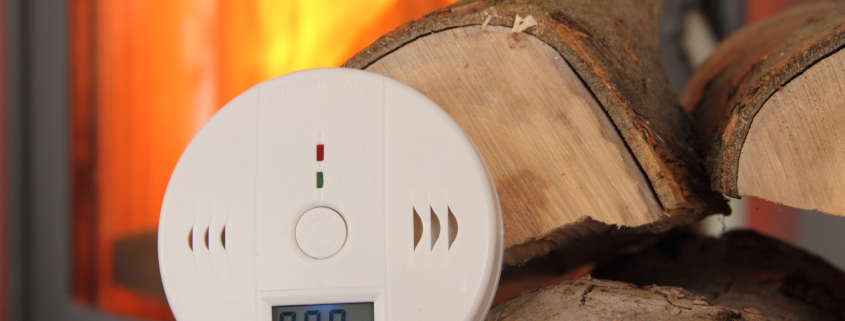The Importance of Proper CO Detector Placement in Your Home
Carbon monoxide (CO) is a silent and deadly threat that can pose serious health risks to individuals and families if undetected. As a leading security integration company, we understand the critical role that CO detectors play in safeguarding homes against this invisible danger. In this blog post, we’ll explore the importance of proper CO detector placement and provide guidance on the best locations to ensure maximum effectiveness and protection for your loved ones.
Understanding Carbon Monoxide:
Carbon monoxide is a colorless, odorless gas produced by incomplete combustion of fuels such as gas, oil, wood, and coal. Common sources of CO in homes include gas appliances, heating systems, fireplaces, and vehicles left running in attached garages. Exposure to high levels of CO can lead to symptoms such as headaches, dizziness, nausea, and even death, making early detection crucial for preventing CO-related emergencies.
Near Sleeping Areas:
- One of the most critical locations for CO detectors is near sleeping areas, where occupants are most vulnerable to CO exposure during the night. Install CO detectors in hallways outside bedrooms or directly inside sleeping areas to ensure early detection and timely alerts in the event of a CO leak while occupants are asleep.
On Every Level of the Home:
- To provide comprehensive coverage and early detection throughout the home, it’s essential to install CO detectors on every level, including basements and attics. CO can accumulate in enclosed spaces and spread quickly throughout the home, so having detectors on each level ensures that no area is left unprotected.
Near Fuel-Burning Appliances:
- Place CO detectors near fuel-burning appliances such as furnaces, water heaters, gas stoves, and fireplaces to monitor for any CO emissions from these sources. Mount detectors on the wall or ceiling, following manufacturer recommendations for optimal placement and distance from potential sources of CO.
In Living Areas and Common Spaces:
- In addition to sleeping areas and utility rooms, consider installing CO detectors in living areas and common spaces where occupants spend a significant amount of time. This includes living rooms, family rooms, and dining areas, as well as areas adjacent to attached garages where CO from vehicles can infiltrate the home.
Avoiding Placement in Drafty or Humid Areas:
- To ensure accurate and reliable detection, avoid placing CO detectors in areas prone to drafts, extreme temperatures, or high humidity levels. These conditions can affect the performance of detectors and lead to false alarms or delayed responses in detecting CO leaks.
Proper placement of CO detectors is essential for effectively detecting and alerting occupants to the presence of carbon monoxide in the home. By strategically installing detectors near sleeping areas, on every level of the home, near fuel-burning appliances, and in living areas, families can enhance safety and minimize the risk of CO-related emergencies. We specialize in providing comprehensive security solutions, including CO detection systems, to help protect your home and loved ones from this silent threat. Contact us today to learn more about how we can help you ensure a safer and healthier living environment for your family.



